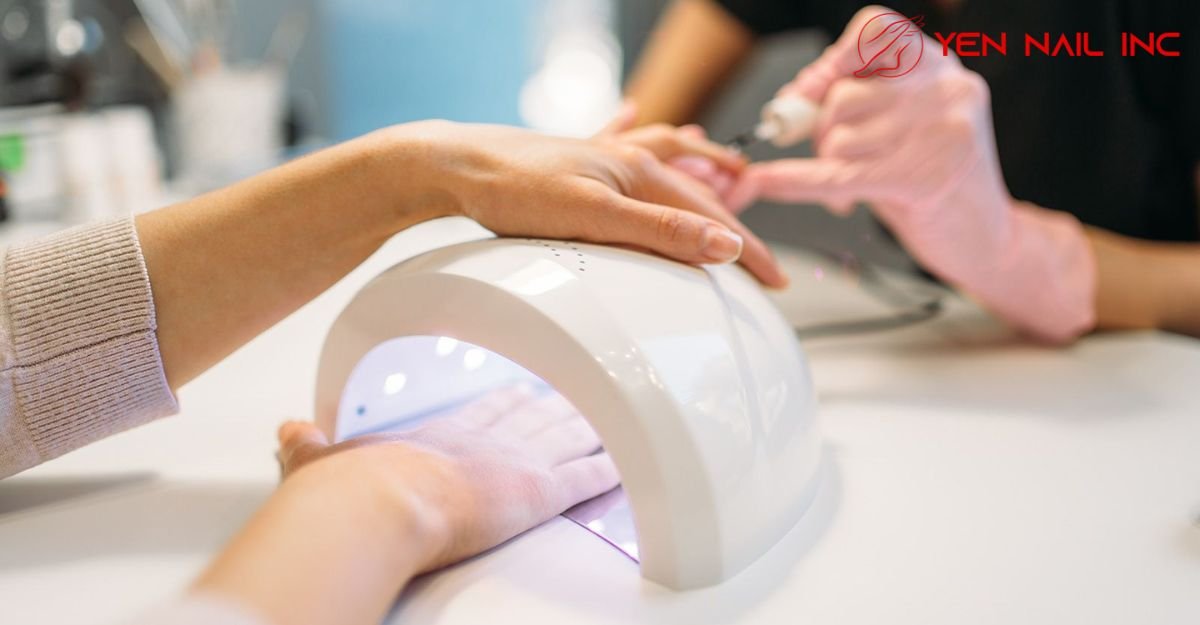

When it comes to manicures, gel manicures have taken the beauty industry by storm due to their long-lasting, chip-resistant finish.
However, there are some differences when it comes to gel manicure techniques in different parts of the world.
Japanese gel manicures and European gel manicures are two popular styles of this trend that differ in various ways.
While Japanese gel manicures are popular for their thin and natural-looking finish, European gel manicures are known for their bold and colorful designs. The difference in techniques and approaches between these two styles can significantly impact the final outcome of your manicure.
Thus, it’s important to understand the difference between the two styles of gel manicures before choosing which style to go for.
Japanese gel manicures and European gel manicures both offer long-lasting, chip-resistant nail color, but they employ different types of gel to achieve this effect.
When it comes to gel manicures, there are significant differences between Japanese and European techniques.
One key distinction is that European gel manicures tend to be thinner and more flexible than their Japanese counterparts.
This unique quality allows for a more natural-looking finish which many clients prefer.
The thinner consistency of the gel allows for a smoother application, giving the nails a sleek, sophisticated look.
Overall, European gel manicures are an ideal choice for those seeking a polished, yet natural-looking treatment for their nails.
When it comes to gel manicures, there are differences between Japanese and European techniques.
One key difference is that Japanese gel manicures tend to last longer than their European counterparts.
This is due to the specific products and methods used in the Japanese technique.
Japanese gel products are formulated to be more durable, with ingredients that bond more tightly to the nail bed.
Additionally, the application process in Japanese gel manicures involves multiple layers of product and curing under UV light, which creates a stronger, longer-lasting bond.
European gel manicures, on the other hand, typically use a thinner application of gel product and may not require as much curing time.
While both techniques can result in beautiful, long-lasting manicures, those looking for extended wear may want to consider opting for a Japanese gel technique.
When it comes to gel manicures, Japanese and European styles differ in several ways. One of the most significant differences is the ease of removal.
European gel manicures, also known as soft or soak-off gel, are generally easier to remove than their Japanese counterparts. Japanese gels have a notoriously strong bond and, as a result, require more effort to remove.
One of the notable similarities between Japanese gel and European gel manicures is that both types require the use of a UV lamp to cure the polish.
